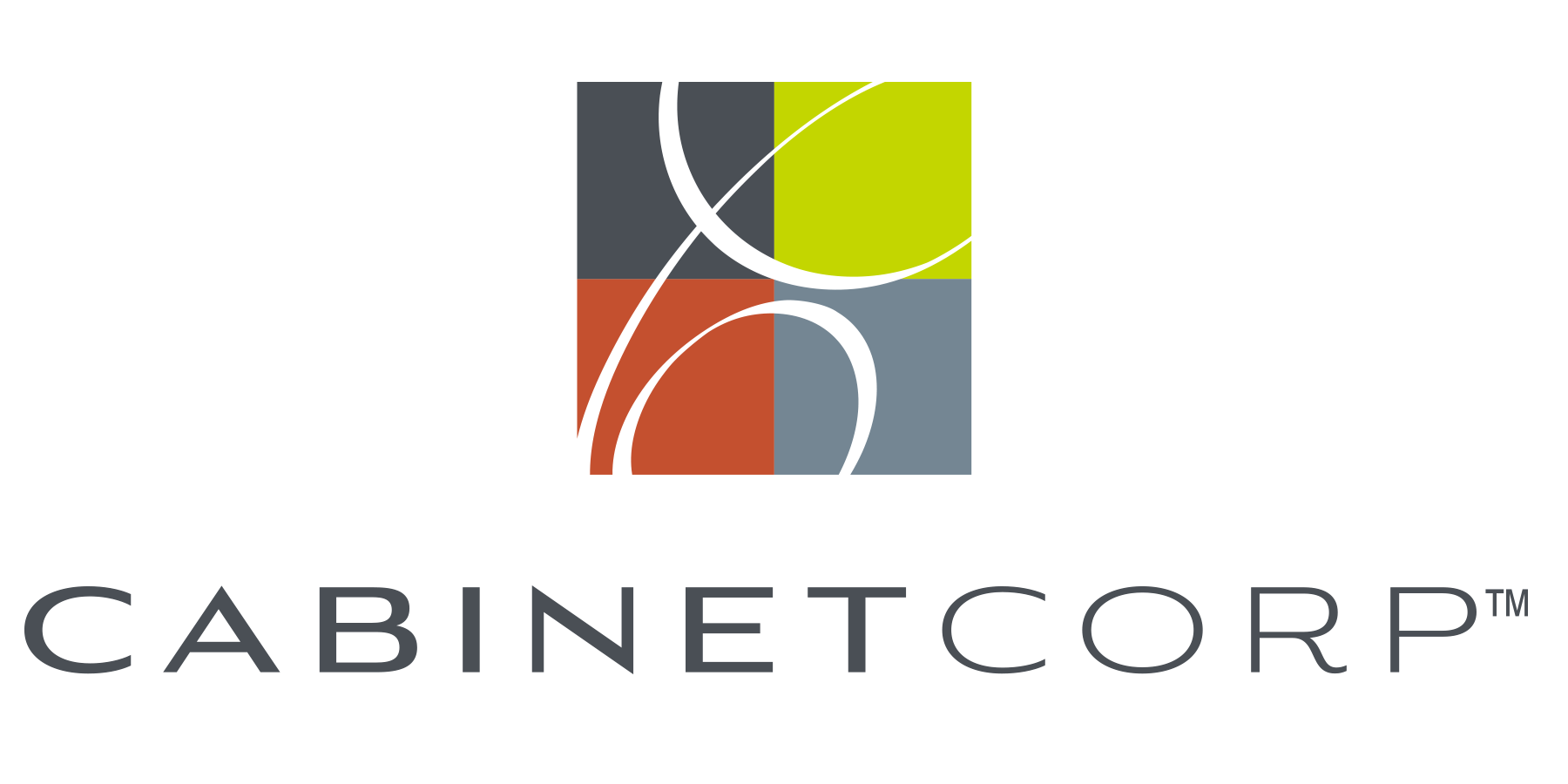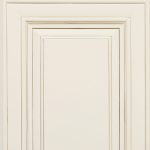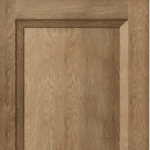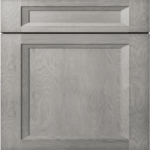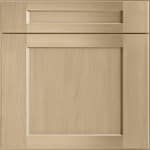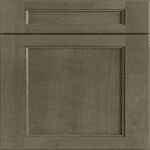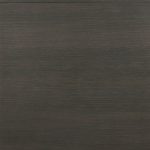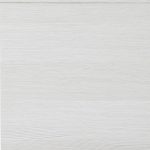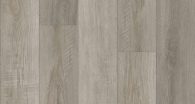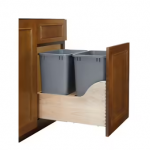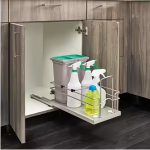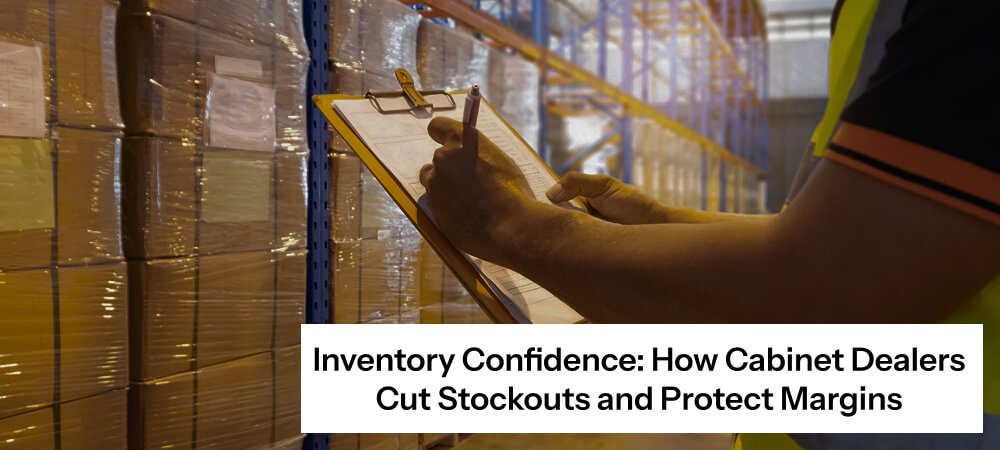Practical inventory frameworks and supplier tactics to secure Q4 project delivery
Introduction (Hook)
With more projects and installs stacking up this fall, running out of cabinets can mean delays, lost profits, and extra freight costs. Dealers who plan ahead and work with suppliers can reduce stockouts and ensure that their projects stay on track. Today, we will cover a 90-day dealer stock strategy for cabinet inventory management that helps dealers safeguard profits, manage inventory effectively, and enhance cash flow through a simple 90-day pilot program.
Stock What Moves Fast
For most dealers, a small group of cabinet styles and sizes make up the bulk of sales and profits. To reduce stockouts, focus on the cabinet styles that sell the fastest and bring the strongest profit as part of a smart dealer stock strategy. Keep those items stocked at all times. For slower-selling cabinets, consider drop shipping or a supplier program. This helps you avoid extra costs and ensures your time and money go toward the products that keep projects moving and margins strong.
Codify Reorder Rules
After choosing your best-selling cabinets, the next step in cabinet inventory management is setting simple reorder rules. Relying on memory can lead to either running out of cabinets or tying up cash in extra stock. A good practice is to track how fast each style sells and how long your supplier usually takes to deliver. Set a clear reorder point so you restock before you hit empty. Follow these easy steps to reduce stockouts and keep projects moving swiftly.
Follow These Easy Steps:
- Track sales pace – Use a 90-day rolling period to calculate the average daily demand.
- Check supplier lead time – Use median performance to measure supplier lead time.
- Set your reorder point – Multiply daily demand × lead time + safety stock.
- Set reminders or alerts – Simple notifications can ensure you reorder in time.
By putting clear rules in place, dealers can avoid last-minute shortages, reduce stress, reduce stockouts, and keep cabinet inventory management simple and predictable.
Work with Suppliers to Lower Risk
Good cabinet inventory management depends on strong supplier support. The right supplier programs, including quick-ship cabinets, help dealers reduce stockouts, cut costs, and keep projects running smoothly.
Follow These Easy Steps:
- Ask about quick-ship cabinets – Be sure that your supplier offers fast-moving styles with short lead times so you can react quickly when demand spikes.
- Plan for emergencies – Setting clear terms for rush orders ensures you don’t get hit with expensive shipping charges when projects run behind.
- Use consignment for slow movers – For premium or less common finishes, see if your supplier will keep ownership until the product sells. In many cases, this lowers upfront costs.
- Share your schedule – A simple 12-week forecast helps suppliers stay ready and reduce delays.
Strong supplier partnerships give dealers better control over inventory, protect margins, and create smoother project timelines.
Measure and Pilot with Inventory KPIs
Every cabinet inventory management plan needs tracking. By monitoring key inventory KPIs—such as delivery performance, stock coverage, and rush freight costs—dealers can measure whether their efforts are improving results. Instead of attempting to change your entire inventory process at once, it’s best to begin with a pilot program.
A 90-day pilot focused on your best-selling cabinets and a single supplier gives you a clear picture of how well the new approach works. This smaller scale makes it easier to monitor progress, identify improvements, and track whether stockouts are being reduced. It also helps you measure the impact on margins without taking on too much risk. Once you see consistent results from the pilot, you can expand the strategy across your full catalog with confidence, knowing that your cabinet inventory management plan is proven and practical.
Conclusion
Building inventory confidence is about working smarter, not stocking more. When dealers focus on high-value products, follow a clear dealer stock strategy, and lean on supplier support like quick-ship cabinets, they avoid costly stockouts and protect profits. Tracking results with inventory KPIs confirms what works, while a 90-day pilot proves that a dealer stock strategy is effective before scaling. By acting today, dealers position themselves for steady margins, smoother installs, and stronger customer trust.


